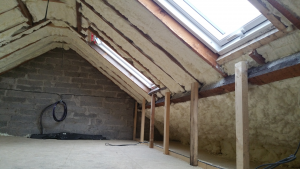Attic Spray Foam Insulation Ashford
3 Bed Semi Attic Insulation Ashford
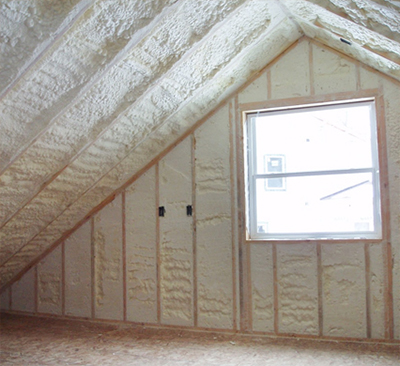
Attic Insulation Ashford
Spray foam can be useful in many conditions. Spray foam is useful in roofs, windows, attics, underfloor heating systems, interior and exterior walls, as well as roofs.
Spray foam insulation can not only keep your house warm in winter, but it will also keep you cool in summer. It allows moisture-laden air, such as from the basement, to escape thanks to its structure and cell structure.
Benefits of Spray Foam Insulation for your home
Other applications include commercial and industrial buildings, agricultural farm houses, warehouses, commercial and industrial buildings as well as shipping containers, vessels and the refrigeration industry.
It also creates a shield around your house that keeps out the rain and cold wind. The heat will escape from your home, unlike other insulating items on the marketplace today.
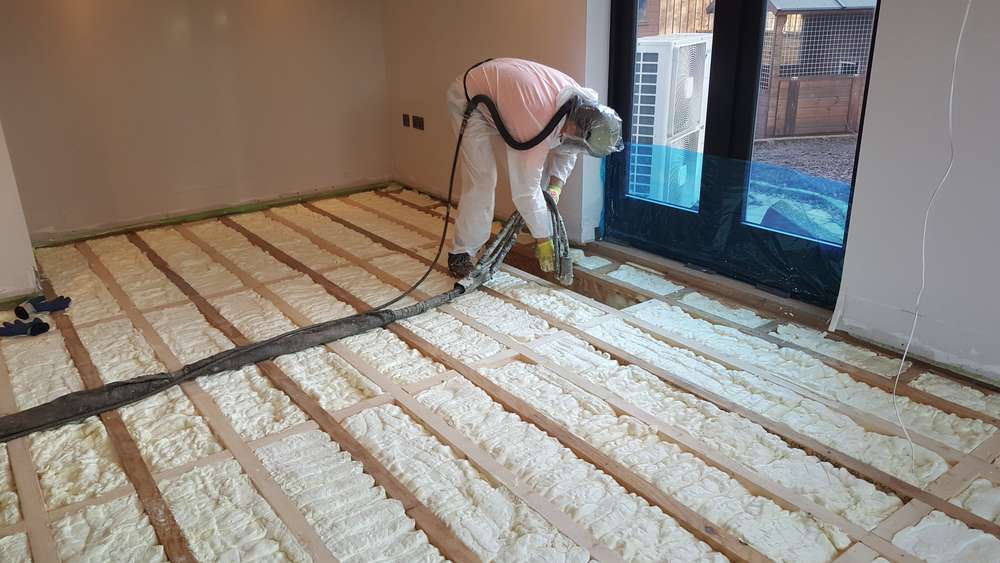
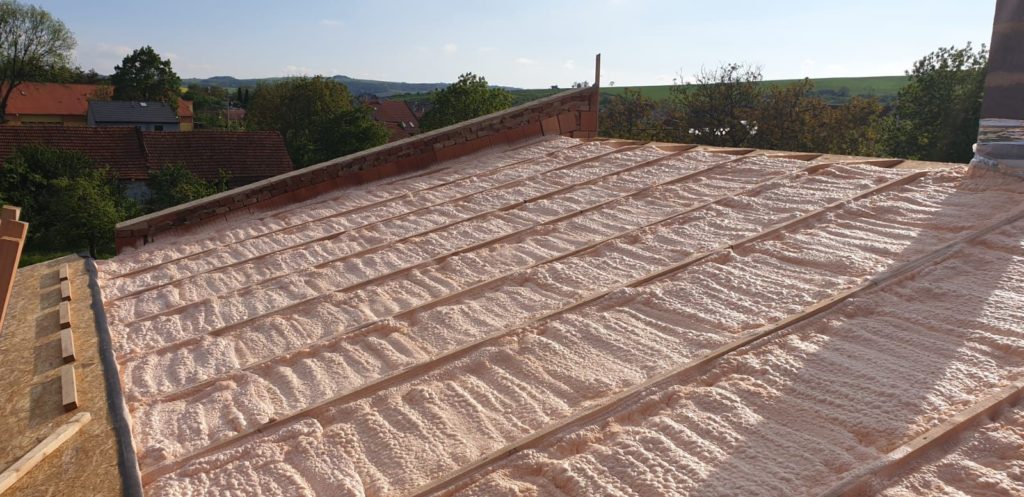
Cost Price Of Spray Foam Insulation
Spray foam insulation has proven to be the most effective insulation material on the market today. It is more efficient than traditional insulating materials like fiberglass, rock wool and cellulose.
Spray foam insulation is also a good sound barrier. It reduces outside noise by up to 50%. This is particularly beneficial if the home or business is located near an airport or densely populated city.
Insulate Your Ashford Property Properly
It is often used to reduce sound travel from one room to another or between floors within the walls. It is especially useful for bathroom walls where noises from toilets and showers can cause nuisances.
It is easy to use and does not cause any disruptions to your daily activities.
It is possible to insulate a traditional Irish house in one day.
Encasing and isolating pipes reduces noise in the walls or under-floor.
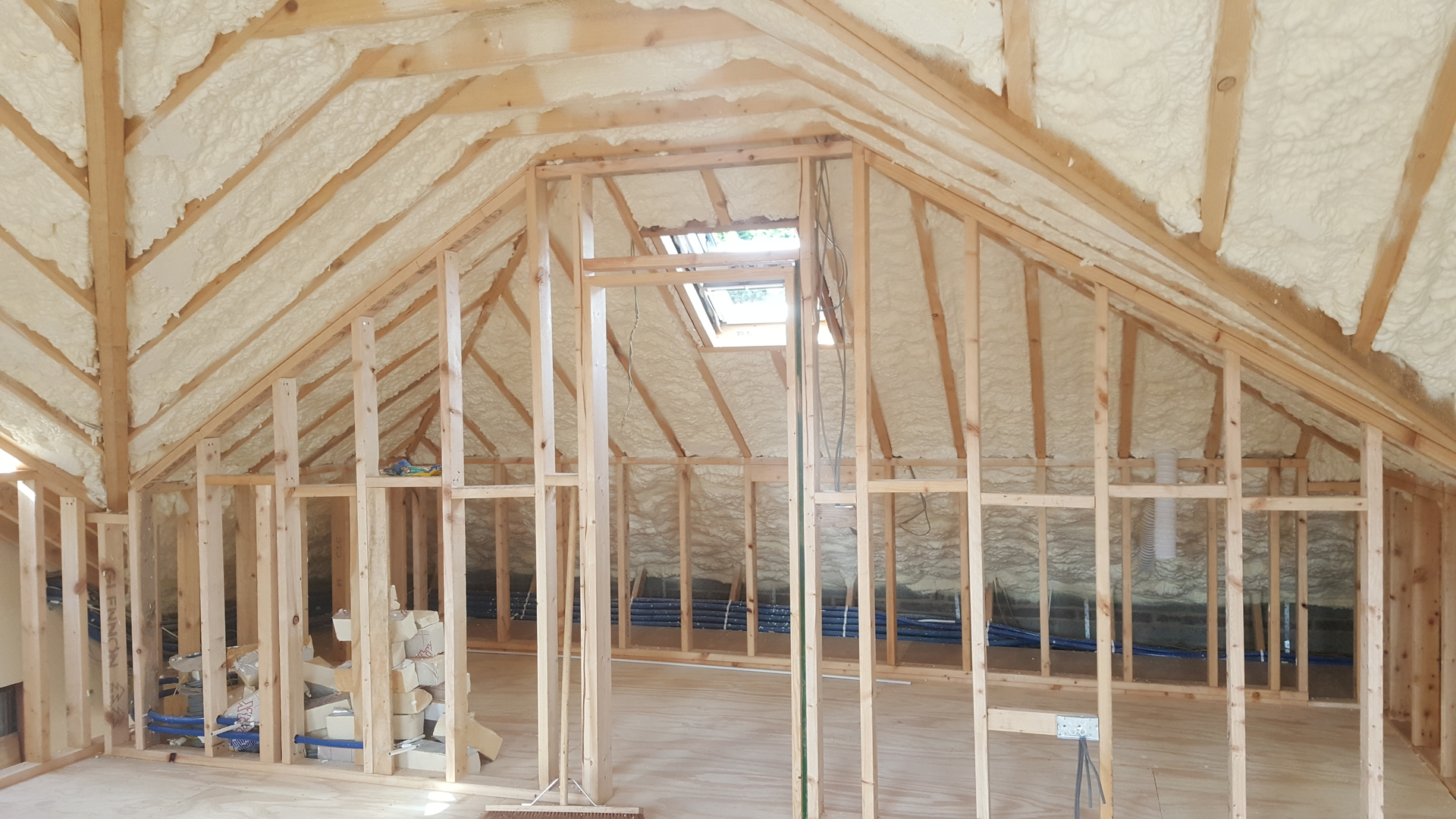
Plan to store things in your loft or attic, so you’ll need to put boards on top of the joists. The insulation will not be thick enough if it is only between the joists.
It reduces sound transference by up to 50% when used in walls, attics and roofs. Its dense composition and the application process creates an entirely airtight environment. It blocks sound from outside, including traffic, pedestrianised streets, and areas near airports.
Spray foam insulation also stops sounds from within a structure being transmitted to floors below, above, or into adjacent rooms. Spray foam insulation could reduce the amount of noises generated by structures such as running showers or washing machines.
Spray foam insulation, which is flexible and packed with millions of tiny air bubbles, absorbs vibrations from the floor and wooden members. It also inhibits sound transfer through the floor. Spray foam insulation reduces the transmission and propagation of airborne noises by sealing every crack and crevice.
Spray foam insulation can also dampen, if not completely eliminate, sounds from floors such as water moving through pipes. It completely surrounds the pipes, keeping them in place and preventing them from rattling. It also prevents hot water from flowing through the pipes, which can cause the wooded beams to creak, crackle and expand.
It also prevents heat from escaping the upper floors. This causes the lower floors of the building to cool down, which then requires more heat in order to keep them warm.
If your loft is easily accessible and does not have condensation problems, insulation should be straightforward.
An uninsulated home loses 25% of its heat through its roof. Insulating your attic, loft, or flat roof can reduce heat loss and lower your heating bills.
Rolls of mineral wool insulation can be used if access is good and the loft joists have regular dimensions. The insulation layer is placed between the joists (the horizontal beams that make the loft’s floor) and then another layer is applied at right angles to cover all the joists.
In order to have enough insulation, raise the floor so that enough mineral wool can be fitted below the new floor. This can be done by installing timber battens along the joists or by purchasing purpose-built plastic leg that attach to the joists to support the new floor. You should leave enough air space between insulation layers and boards to prevent condensation.
When you attach the boards to the board, make sure not to squash the mineral wool. This will lower its insulation.
Insulation blocks heat escape from living spaces. Therefore, loft insulation will cool your loft space, which can lead to condensation or damp problems. Consider increasing ventilation if you’re installing loft insulation by yourself.
Another way to insulate your loft would be to place insulation between and above the rafters. These are sloping timbers which make up the roof. You have two options: rigid insulation boards that are carefully cut to your specifications or foam insulation spray between the rafters.
Some companies will offer to spray insulation directly on the roof, without having to first fix the problem. This is something that we do not recommend. You must ensure that your roof is in good condition before you apply insulation.
You can use your loft to heat the space, but you will need to create a separate room on the roof.
You will need to insulate the loft walls and ceilings if you intend to use it as your living space.
For your home to remain fresh, dry, healthy and clean, it needs air flow. A professional installer will ensure that your house does not have any obstructions or seals. Do not cover grilles, airbricks, or vents if you are DIY-insulating.
If you have difficulty accessing your loft, a professional can install the appropriate insulation. The specialist equipment will blow the insulation material into any difficult space. They might use treated cellulose, mineral wool fibre or polyurethane foam.
Flat roof insulation may save you the same amount as loft insulation on your heating bills. The amount of flat roofing on a property will determine how much savings you get.
If your loft is easily accessible, doesn’t have damp problems, and has a flat roof, it could be insulate yourself. For those cases when damp is a problem or a more complex insulation system, professional installation should be done.
Cold draughts could be caused by the cooler loft air. You can prevent this by fitting an insulated loft hatch, and placing strips of draught-exclusion material around hatch edges.
Insulating your ground-floor is a great idea to keep your property warm and lower your energy bills.
Insulating a loft in your home is one of most cost-effective ways to reduce heating bills. Even if you already have insulation, it is crucial to have the best amount in order to make it effective.
Loft floor rolls: These are the most traditional option. They are rolled up along the loft’s ceiling. They are much easier to lay than insulated floors boards. These rolls can be used to create top and base layers. You can board them over with stilts to create a raised storage platform.
These suggestions and recommended items aren’t included in this article’s list of materials or tools. You should ensure that you’ve read everything before you begin to insulate your loft.
Although insulation is present in many homes, it might not be as effective as you would like. This could be due to insulation being compressed by storage boards placed over it or if it hasn’t been topped up in the long-term. In some older properties, the loft floor may only be 25mm deep.
Good news is that you don’t need to remove existing loft floor insulation. To reach the recommended level, simply add one or more layers to it. The article will provide more details about how much you should be consuming.
Your loft floor’s spacings will dictate the width of your roll. This is because the insulation rolls between these joists. We recommend selecting one that is close to your joist spacing. It will reduce the need to trim.
The insulation’s thermal resistance. You can also measure the insulation’s thickness using a faster method if you’re only installing loft rolls. Refer to the section titled “How to calculate the loft floor insulation thickness required” for more details.
Areas We Service
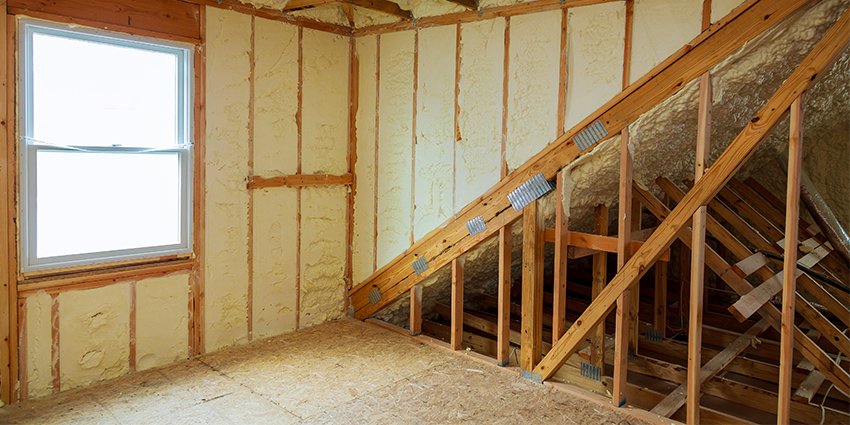

Parkhill, Dublin
01 5255297
